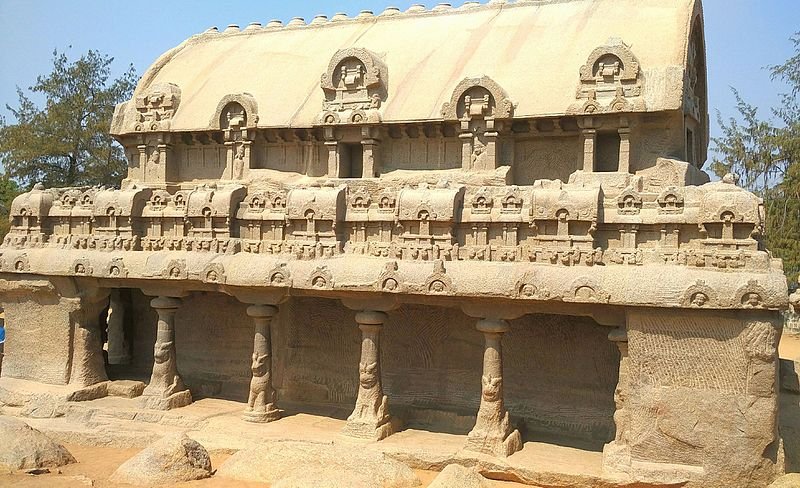Mahabalipuram: Ancient Ruined City And Its Marvellous Rock-Cut Architecture In South India
Angela Sutherland - AncientPages.com - Mahabalipuram is a ruined city located on the coast just 60 km south of Chennai. Even looking at the city’s ruins, it is obvious the place represents one of the most famous examples of ancient Indian art and architecture.
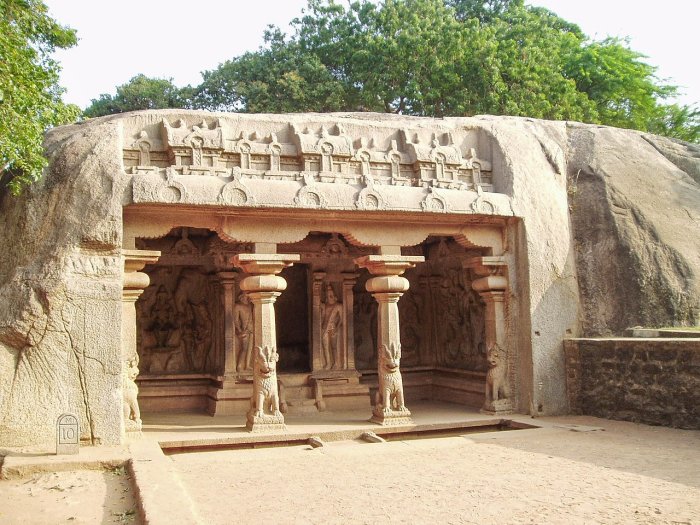 Varaha cave temple entrance. Image credit: Vsundar - CC BY-SA 3.0
Varaha cave temple entrance. Image credit: Vsundar - CC BY-SA 3.0
This Pallava old site has some of the earliest examples of architecture in South India, rock-cut cave temples, stone carvings, and the shore temple on the beach.
During the 7th to 10th centuries, it was a flourishing seaport (one of two) of the Pallava Dynasty of rulers, situated in the southeastern Indian state of Tamil Nadu.
In Mahabalipuram (also known as Mamallapuram), especially the Hindu Group of Monuments are famous landmarks because they represent the impressive architectural legacy of the Pallava rulers, and they are artistic and technical wonders. The city was prosperous economically and had a complex of royal monuments, of which several were carved out of living rock.
Mahabalipuram represents not only Dravidian architectural style. The Chola architecture highly influences this style and techniques used by other dynasties that followed.
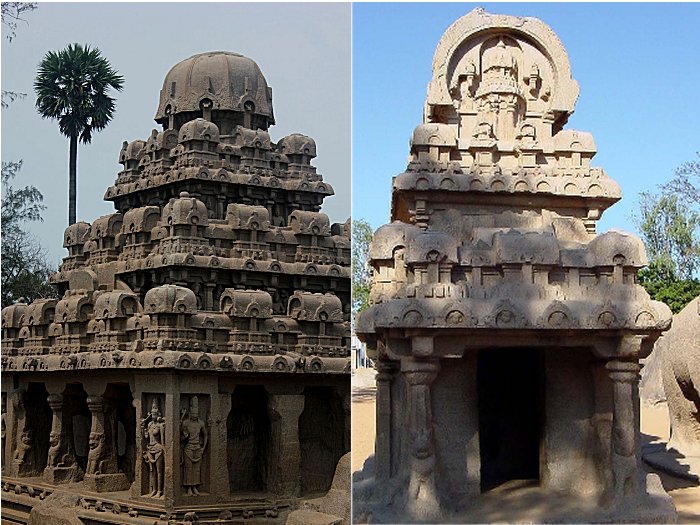 Left: Arjuna Ratha, Image credit: Xcibaangel- CC BY-SA 3.0; Right: Nakula Sahadeva Ratha. Image credit: G41rn8 - CC BY-SA 4.0
Left: Arjuna Ratha, Image credit: Xcibaangel- CC BY-SA 3.0; Right: Nakula Sahadeva Ratha. Image credit: G41rn8 - CC BY-SA 4.0
The city’s stone structures include mandapas (cave sanctuaries), which were typically built as a square vestibule, hall with pillars, or pavilion. Cells or sanctums would often be included, creating facilities for dwellings (vihara). The mandapas were used for people to gather socially, usually for ceremonies and rite-of-passage rituals.
There are many mandapas at Mahabalipuram, all dated to the 7th and 8th centuries. Other monuments are: the Rathas (‘chariots to the gods’) - striking rock-cut temples carved out of a single boulder, in the form of chariots, and dated to 600AD and 800 AD.
These rock-cut temples, named after the five Pandava brothers (Arjuna, Yudhistira, Bhima, Nakula, and Sahadeva) demigod warrior princes, and the heroes of the ancient Sanscrit epic poem Mahabharata are the outstanding examples of Pallava art.
Left: Dharmaraja‘s Ratha. Credit: Samrajclicks - CC BY-SA 4.0 - Right: Draupathi Ratha. Credit: Samrajclicks - CC BY-SA 4.0
Rathas – the full-sized models - recall the earlier architecture of the Buddhist chapels and monasteries. The architecture resembles Dravidian temples with their grand towers, sculptured walls, and halls decorated with Dravidian-style pillars.
Mahendravarman I (600-630 AD) was a great supporter of the arts. He had a passion for religion, so he introduced rock-cut architecture to the Pallava Dynasty.
He wanted both temples and artwork that decorated them to survive both weather and the passing of time. Therefore, he used a rock as a building material to better preserve the temples.
When he died, the temples were still not completed in the city of Mahabalipuram. His son was not so interested in art as his father, and he preferred to develop his military skills instead. The five temples have never been built, like his father, Mahendravarman, intended to do.
Bhima Ratha. Credit: Zuhebkhan94 - CC BY-SA 4.0
They stand unfinished until today and are called the Five Rathas of Mahabalipuram.
Another stone structure, the Shore Temple dedicated to the god Shiva is also one of Mahabalipuram’s most noted landmarks. Today, the facility is eroded and somewhat ruined, but it still holds many artistic details intact.
However, interestingly, this temple clearly shows a change in temple construction. The nearby five rathas are rock-hewn monoliths; the Shore Temple, on the other hand, is stone-built. It is considered one of the earliest stone-built temples in India.
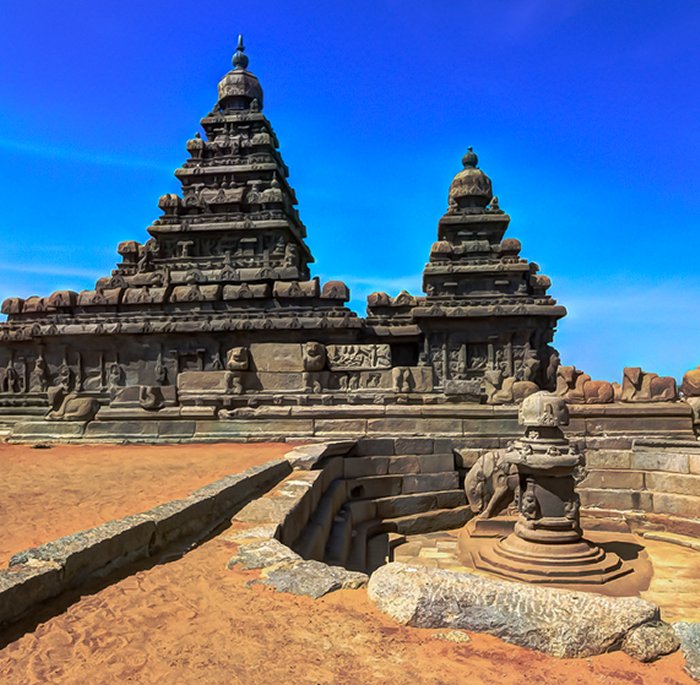 Shore temple, Mahabalipuram, India. Image credit: Balasubramanian S - CC BY-SA 3.0
Shore temple, Mahabalipuram, India. Image credit: Balasubramanian S - CC BY-SA 3.0
It has a 16 sided lingam and a relief of Somaskanda, a form of Shiva dated to the early Pallava period (275 AD to 897 AD) that became widely popular.
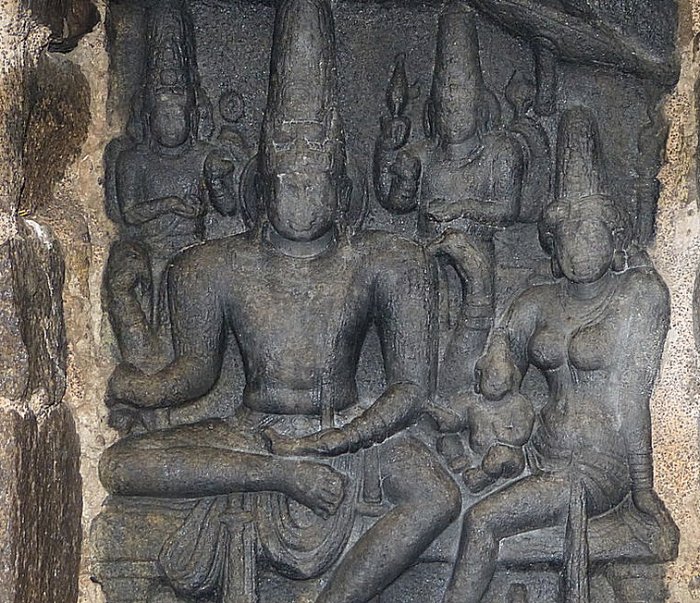 Somaskanda Panel with Shiva, Uma, and their son Skanda. Image credit: SatishKumar- CC BY-SA 3.0
Somaskanda Panel with Shiva, Uma, and their son Skanda. Image credit: SatishKumar- CC BY-SA 3.0
Yet another architectural attraction of Mahabalipuram is a spectacular and massive open-air bas-relief sculpted out of pink granite. The boulder is carved with 153 different deities, humans, and various animals carved on it.
This relief is like the Mahabharata epic poem with beautiful mythical scenes, battles, and figures of animals, beings, gods, and goddesses. It also depicts the story of Arjuna doing penance to attain a weapon from Lord Shiva to fight his enemies. It also shows the story of the Ganges descent from the Himalayas.
 Arjuna's Penance relief. Image credit: Sainath adapa _ CC BY-SA 3.0
Arjuna's Penance relief. Image credit: Sainath adapa _ CC BY-SA 3.0
The open-air bas-relief was carved on the face of two gigantic, connecting boulders, approximately 96 feet long (29 meters) and 43 feet (13 meters) high. The brilliant artwork dates back to the mid-seventh century.
The concept of the story includes an essential piece of Hindu philosophy. It says that a person could, by penance, the infliction of pain, or other discomforts on oneself, reach miraculous blessings from the Gods.
The ‘Descent of Ganges’ story, on the other hand, describes the penance of the Sage Bhagirathi, who performed austerities to bring Goddess Ganges down to earth.
Written by – A. Sutherland - AncientPages.com Senior Staff Writer
Copyright © AncientPages.com All rights reserved. This material may not be published, broadcast, rewritten or redistributed in whole or part without the express written permission of AncientPages.com
More From Ancient Pages
-
 Never-Before-Seen 5,000-Year-Old Mysterious Monument On Isle Of Arran Discovered By LIDAR
Archaeology | Jan 27, 2021
Never-Before-Seen 5,000-Year-Old Mysterious Monument On Isle Of Arran Discovered By LIDAR
Archaeology | Jan 27, 2021 -
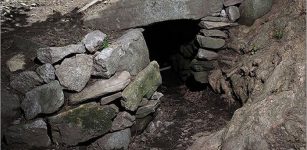 Ancient Mystery Of Upton Chamber Cave In Massachusetts: One Of The Largest Ancient Man-Made Structures In New England
Featured Stories | Oct 10, 2017
Ancient Mystery Of Upton Chamber Cave In Massachusetts: One Of The Largest Ancient Man-Made Structures In New England
Featured Stories | Oct 10, 2017 -
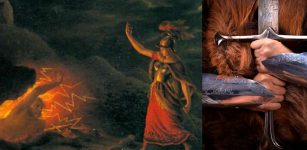 Shieldmaiden Hervör’s Dangerous Quest For The Cursed Tyrfing Sword
Featured Stories | Apr 20, 2023
Shieldmaiden Hervör’s Dangerous Quest For The Cursed Tyrfing Sword
Featured Stories | Apr 20, 2023 -
 Prince John’s Plot Against King Richard The Lionheart
Featured Stories | Nov 20, 2018
Prince John’s Plot Against King Richard The Lionheart
Featured Stories | Nov 20, 2018 -
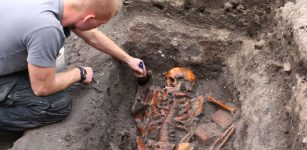 Evolution Of Plague Over Hundreds Of Years In Scandinavia Documented By Scientists
Archaeology | Feb 28, 2023
Evolution Of Plague Over Hundreds Of Years In Scandinavia Documented By Scientists
Archaeology | Feb 28, 2023 -
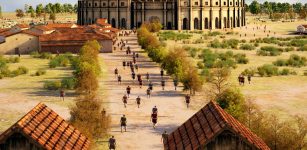 New Discoveries Regarding Gladiatorial Games In Roman City Of Carnuntum
Archaeology | Apr 7, 2017
New Discoveries Regarding Gladiatorial Games In Roman City Of Carnuntum
Archaeology | Apr 7, 2017 -
 Unexplained Historical Mass Disappearances – Where Did They Go? – Part 2
Featured Stories | Jun 4, 2019
Unexplained Historical Mass Disappearances – Where Did They Go? – Part 2
Featured Stories | Jun 4, 2019 -
 Bog Body Of The Elling Woman: Was She Sacrificed To The Gods Because Of Climate Change?
Civilizations | Mar 25, 2017
Bog Body Of The Elling Woman: Was She Sacrificed To The Gods Because Of Climate Change?
Civilizations | Mar 25, 2017 -
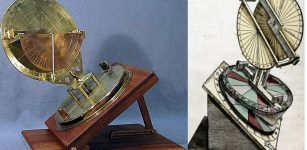 Torquetum: Sophisticated Medieval Astronomical Instrument
Ancient History Facts | Jul 12, 2018
Torquetum: Sophisticated Medieval Astronomical Instrument
Ancient History Facts | Jul 12, 2018 -
 During Tough Times Ancient ‘Tourists’ Sought Solace In Florida Oyster Feasts
Archaeology | May 4, 2020
During Tough Times Ancient ‘Tourists’ Sought Solace In Florida Oyster Feasts
Archaeology | May 4, 2020 -
 Bryggen Inscriptions Reveal Viking Runes Were Used As Modern SMS – Short Message Service In The Norse World Was Popular
Artifacts | Mar 5, 2018
Bryggen Inscriptions Reveal Viking Runes Were Used As Modern SMS – Short Message Service In The Norse World Was Popular
Artifacts | Mar 5, 2018 -
 Brian Boru – Famous And Brave Irish Hero Who Dared To Chase Off The Vikings
Featured Stories | Jun 14, 2022
Brian Boru – Famous And Brave Irish Hero Who Dared To Chase Off The Vikings
Featured Stories | Jun 14, 2022 -
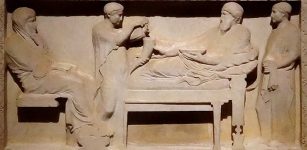 Who Were The Satraps Of The Achaemenid Empire?
Featured Stories | Aug 28, 2021
Who Were The Satraps Of The Achaemenid Empire?
Featured Stories | Aug 28, 2021 -
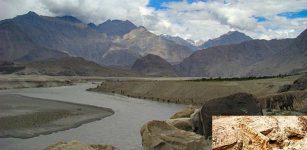 Legendary Saraswati River Is Not A Legend – It Existed 4,000 Years Ago
Archaeology | Mar 18, 2017
Legendary Saraswati River Is Not A Legend – It Existed 4,000 Years Ago
Archaeology | Mar 18, 2017 -
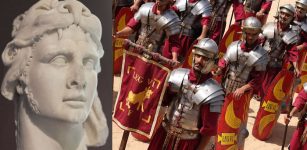 Rome’s Most Wanted Enemy – Poison King Mithradates Murdered 80,000 Roman Civilians
Ancient History Facts | Dec 17, 2017
Rome’s Most Wanted Enemy – Poison King Mithradates Murdered 80,000 Roman Civilians
Ancient History Facts | Dec 17, 2017 -
 DNA From 35,000-Year-Old Romanian Skull Reveals Flaws In The Theory Of Evolution
Archaeology | May 25, 2021
DNA From 35,000-Year-Old Romanian Skull Reveals Flaws In The Theory Of Evolution
Archaeology | May 25, 2021 -
 Strange Ancient Underwater Yellow Brick Road Discovered Of The Hawaiian Islands
News | May 11, 2022
Strange Ancient Underwater Yellow Brick Road Discovered Of The Hawaiian Islands
News | May 11, 2022 -
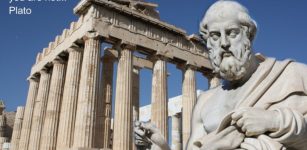 Famous Philosopher Plato: One The Greatest Thinkers Of All Time And His Concept Of Soul
Featured Stories | Jun 25, 2018
Famous Philosopher Plato: One The Greatest Thinkers Of All Time And His Concept Of Soul
Featured Stories | Jun 25, 2018 -
 Mysterious Disappearance Of The Eilean Mor Lighthouse Keepers Remains Unsolved
Featured Stories | Dec 21, 2018
Mysterious Disappearance Of The Eilean Mor Lighthouse Keepers Remains Unsolved
Featured Stories | Dec 21, 2018 -
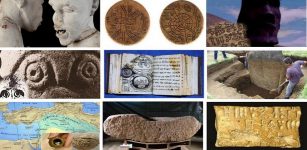 10 Mysterious Undeciphered Ancient Scripts, Tablets, Codes And Maps
Artifacts | Sep 16, 2014
10 Mysterious Undeciphered Ancient Scripts, Tablets, Codes And Maps
Artifacts | Sep 16, 2014


